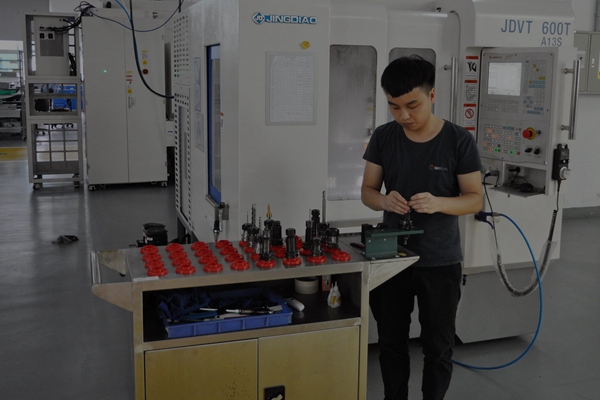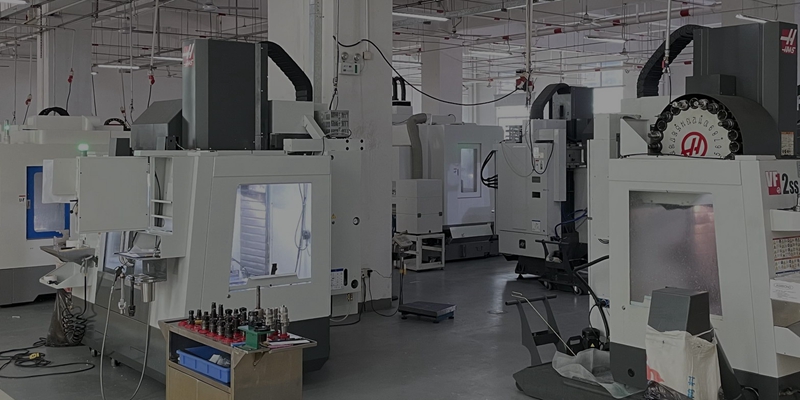Many machine shops are continuously emerging as the market for custom parts exponentially grows and this leaves us with many CNC shops to choose from. Of course, all of us want to get the best quality for our parts, so if I would choose a CNC machine shop near me, I would look for the one with a competitive edge that offers the highest value for my buck. This includes high quality of workmanship, quick turnaround time, and on-time delivery. For a facility to achieve this competitive advantage among others, they have to incorporate efficiency in their processes, and one of the most established and effective ways for this is through the application of lean manufacturing principles.
Adapting Lean Manufacturing Principles in a CNC Shop
What is lean manufacturing in a CNC Shop?
Firstly, when we talk about lean manufacturing, we are referring to maximizing the production of a CNC shop by minimizing the wastes incurred during the production process. This methodology comes from the best practices employed by Toyota in their production line way back in the 1930s, wherein their main goal is to eliminate wastes in their operation.
Through the evolution of this method since its discovery, industry experts identify the 8 major categories of industrial wastes, and this can be abbreviated as DOWNTIME: Defects, Overproduction, Waiting, Non-utilization of talents, Transportation, Inventory excess, Motion waste, and Excessive processing.

1. Defects
In a CNC machine shop, this may include scrapped parts due to dimensional inaccuracy, undesired surface finish, and any other defects on the machined part. These defects are usually caused by different factors such as poor machining parameters, machine malfunction, low-quality tools, uncalibrated instruments, and poorly planned machining processes.
2. Overproduction
This industrial waste comes from the oversupply due to blindly producing parts in such a way that the produced parts exceed the demand. This sometimes roots from poor planning and uncoordinated orders for parts.
3. Wait time
This is a waste because of the unutilized time which can be used for valuable production steps instead. Some examples include stop-production due to the non-availability of materials and due to machine breakdown. The wait times in production may be caused by poor planning, unforeseen machine downtime, and many more.
4. Non-utilization of talents
This includes the failure to use an employee’s talent and skills effectively.
5. Transportation
This is a type of waste characterized by excessive transport from a process to another. To put it into other words, transport wastes are the unreasonable steps on a process that can be eliminated or improved in exchange for a more efficient step.
6. Inventory excess
In CNC machining facilities, this waste comes next to overproduction wherein excess inventory might cause losses for a CNC shop. Remember that parts produced that are stuck in a warehouse produce no return for a company and that is why this is considered industrial waste.
7. Motion Waste
This extends to the unnecessary movement of any resource that does not add value to the product as a whole. In a CNC shop, this includes the non-strategic placement of different tools, materials, and workstations.
8. Excessive Processing
In fabricating machined parts, excessive processing includes doing unnecessary processes that yield no significance for the customer’s requirements. This is usually a result of a poorly engineered machining process.
These different wastes led us to the main basis which can be used by machine shops in implementing lean manufacturing and these are:
- Establishing the customer’s expectations and requirements for their parts
- Mapping of a CNC shop’s value stream
- Creation of an efficient flow
- Establishing an effective pull
- Pursuing continued excellence

7 Ways a CNC Shop May Implement Lean Principles
1. Maximizing Tooling Efficiency (tooling selection)
Tooling efficiency is a critical factor for a machine shop because this single factor can make or break the quality of parts produced by any CNC machine. It is essential to choose the right tools in assuring a high cutting quality, and in turn, will minimize defective parts due to poor tooling utilization.
2. Being Smart with Machining Parameters and Machining Processes
Manufacturing engineers carefully plan their parameters (e.g., feed rate, cutting speed, depth of cut, etc.) in such a way that they’ll get the most value out of the CNC machine, the material, and the toolings. In addition to the parameters, is the importance of designing the most effective arrangement for different machining processes. Doing these will minimize wastes related to defects, motion, and excessive processing.
3. Consistent implementation of periodic and preventive maintenance
Machine downtimes are by far one of the major reasons for unnecessary stop productions in the fabrication line, that is why diligent compliance to scheduled maintenance is a must. Unforeseen downtimes are significantly reduced with regular maintenance and checking of the different equipment, which leads to the reduction of wastes relating to waiting, defects, and non-utilized talents.
4. Just-in-time Production (JIT)
JIT is achieved through smart planning and scheduling for various resources. Another leading cause for the unnecessary waiting in a CNC shop is the unavailability of raw materials to work on. To prevent this from happening, planners strategize the most effective methods regarding the in-flow, processing, and outflow of different resources.
5. Organizing for productivity
It is important to strategize the organization and placement of different instruments needed in the production of CNC parts. As simple as applying 5S ( Sort, Set in order, Shine, Standardize, and Sustain) in a working environment can make a significant difference in the organization of a workflow. This eliminates wastes relating to motion and non-utilized resources.
6. Strategic Plant Layout
In a CNC machine shop, plant layout is one of the essential matters to be taken seriously to avoid unnecessary wastes brought by excessive transportation. Sample scenarios would be: racks for raw materials should be placed near the blanking operations, machines are arranged to easily transport the part to the next machining process, finishing equipment is placed near the packaging area.
7. Continuous improvement initiatives
Lastly is the sustenance of the best practices of the CNC shop. In the long run, CNC shops that continuously improve their processes are the ones able to deliver the highest quality parts with promising delivery commitments.





